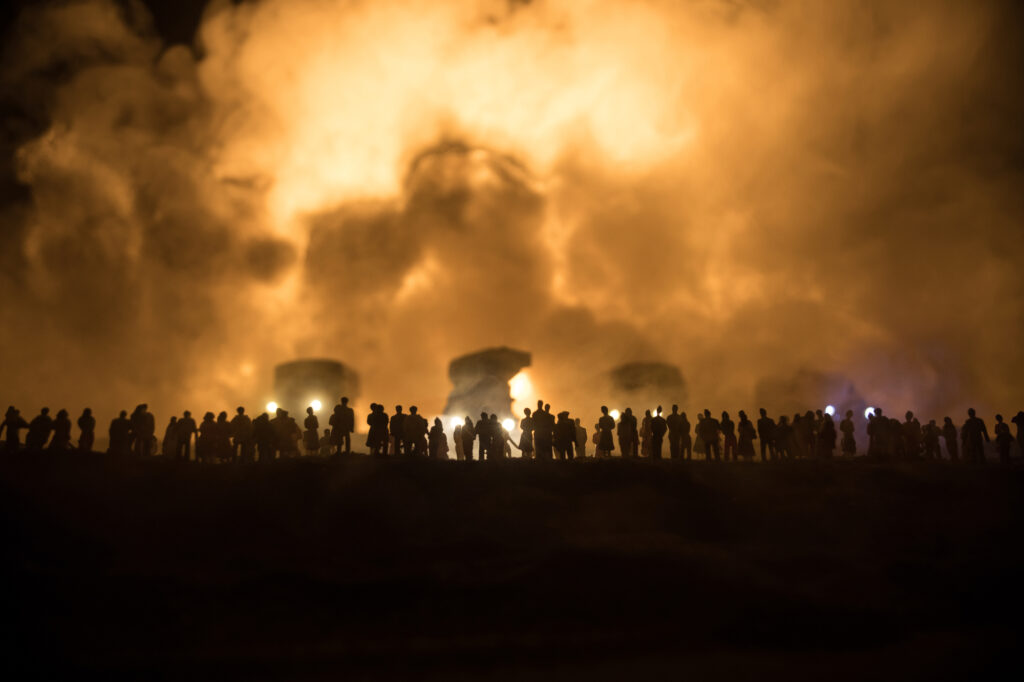On NPR, Leila Fadel interviews clinical psychologist Zlatina Kostova on the effects of trauma children experience when living through war:
“ZLATINA KOSTOVA: Generations of children in our societies who can’t really escape those memories of horrors, generations like mine, for example. I’m Bulgarian and lived through the ex-Yugoslavian attacks and conflicts. . . .
Let’s imagine that you are really afraid of a snake, and all of the sudden you see a big snake jumping right in front of you. And what is happening in that moment is that because our brains are wired to protect us, our brains will start releasing some specific hormones, like adrenaline or cortisol, that will activate our body. But once the threat disappears – let’s say the snake goes away – our brain stops producing those hormones, and everything comes back to normal. But when that snake is in your life, when that snake is in our homes, which is what is happening now with children who are living in countries that are affected by a war with the constant atrocities and sense of unpredictability and threats around them – what is happening is that our brain keeps releasing those hormones over and over again, and this response is then activating certain parts of the brain, like the amygdala, which is known as the brain’s alarm system. And that’s why we are seeing children living in that type of survival mode of fight, flight and freeze. And so, in other words, there is a change in the brain development and functioning.
LEILA FADEL, HOST:
In Gaza, there are thousands of children that have been killed and a very young population under 18 that have lived through – now this is the fifth war that they’re living through currently. What does that do to a child’s – when that fight-flight response is so sustained?
KOSTOVA: Here in a situation of a war where the caregivers and the parents of those children might not be available, they’re living their lives right now as there are snakes everywhere, as there is threat everywhere. We see a lot of sense of hypervigilance or numbness, right? So they can go from this hyper-arousal state where the child feels that there is threat everywhere, or they can go to this hypoarousal kind of reaction where there is more numbness or a child that it’s more withdrawn. But in younger children, we see a lot of regression behaviors as well. For example, a child witnessing their own parents maybe dying or being kidnapped may develop some specific fears and phobias that they didn’t have earlier. And then in adolescence, what we can see is, again, a lot of sleep disturbances, a lot of emotional and behavioral reactions that can happen. But I think that the most distinctive feature is that trauma like the war doesn’t really cause only these short type of acute responses. It can really affect the whole development of children in different areas of their development.”
***
More from Around the Web
More from Mad in the Family















